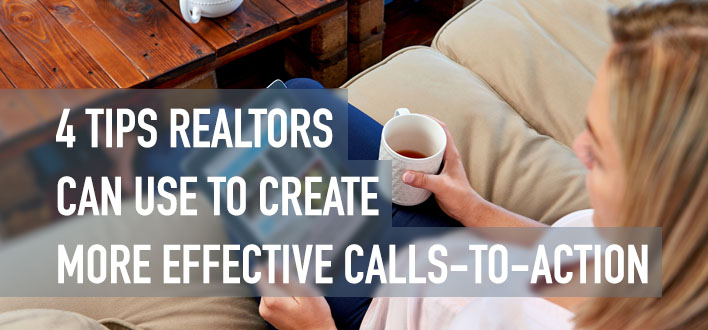We’ve all seen a call-to-action (CTA), even if we didn’t quite know what it was. The small bits of snappy copy saying “Sign up Now” or “Get A Demo” often displayed on a button on a web page. Calls-to-action are a key ingredient in successful marketing, but often the market is crowded with calls-to-action that are ineffective. Making a call-to-action that works can seem overwhelming. Thankfully, we’ve put together these useful tips to help you make CTAs that convert:
-
1. Think Carefully About Placement
- Many people think CTAs are just buttons featured on a website, but that’s not the case. A CTA can be used in an e-mail (like adding a link to your signature) or social media. The key to CTAs is thinking about where to place them to have the greatest effect. On a website, the most successful CTAs occur “before the fold” (the portion of the site you see before scrolling). In blogs, CTAs find good success either in the center of the text or at the end of the blog. For an e-mail, placement can occur in the body of the e-mail, or in an e-mail signature. Furthermore, a CTA should make sense in context. If your blog is about home ownership, you probably shouldn’t put a CTA to an apartment guide. They key is finding which option gets you most clicks in the context of your content, and sticking with it.
-
2. Consider the Color
- It can be tempting to use CTA colors that are bright and call attention, as the key point of a CTA is for it to be noticed, but just because the CTA is viewed, doesn’t mean it will be clicked. Color plays a huge role in which CTAs are clicked and which are scrolled over. It has less to do with picking a specific color, and more with choosing a color that both contrasts, and conveys your message. Red can be an effective color in getting people to stop scrolling, but similarly, if it doesn’t go with your color scheme, it’s probably not a strong choice. The biggest key is to make sure that the CTA pops while keeping the integrity of your design.
-
3. Write Compelling Copy
- If you want someone to perform an action, it’s best that the copy is action-oriented. This means using works like Download or Get. Adding immediacy is also effective. Download Now is better than just Download and so on. Furthermore, the copy should reflect that an offer is low-risk, and a value-add. People like trial runs before fully committing to something, and a CTA allows you to play into that.
-
4. Be Specific
- People are most willing to click and give their information when they feel they are getting something of value. Making sure that your leading copy expresses the value of your offer is key to making sure that you call-to-action is effective. If your potential customer is getting a free personalize assessment, make it clear that it’s personalized and a great value.
By following these simple guidelines, you can create a call-to-action that converts your leads into long-lasting clients.

